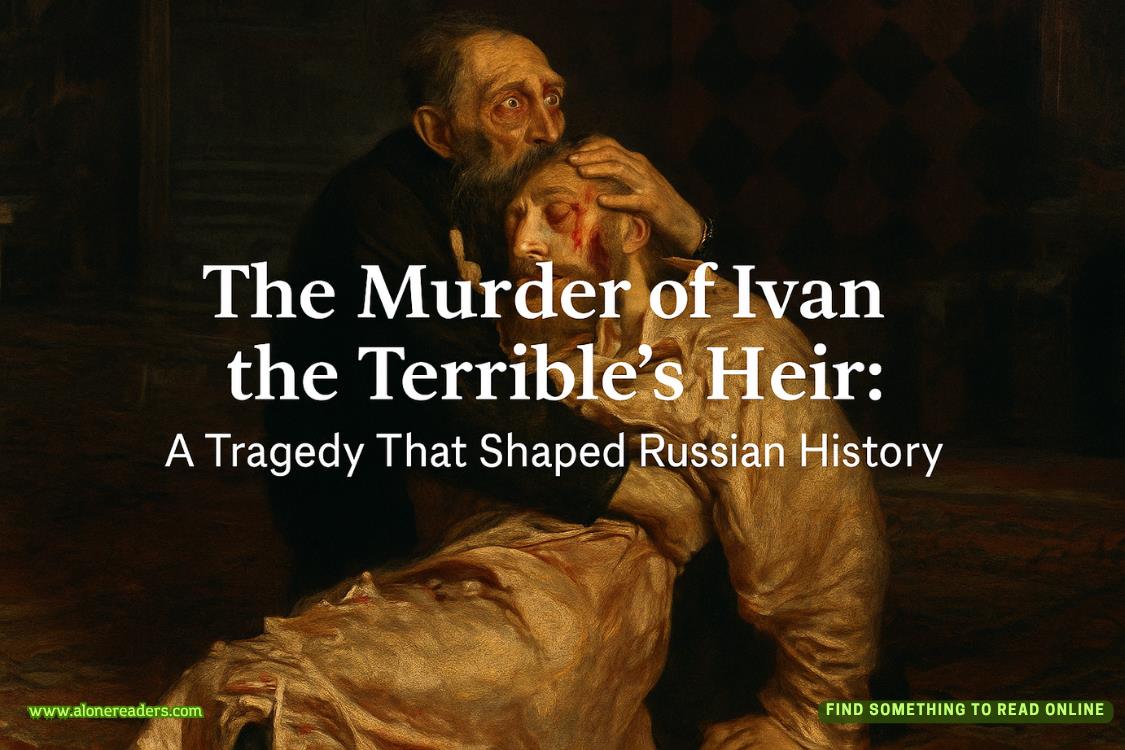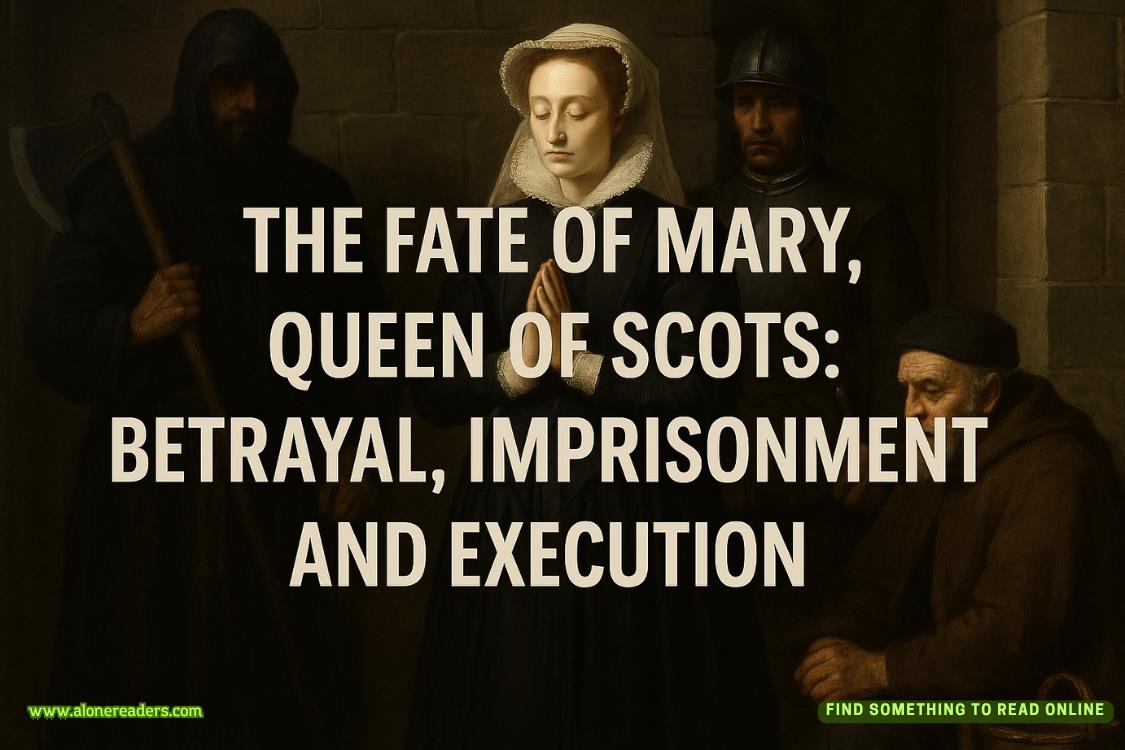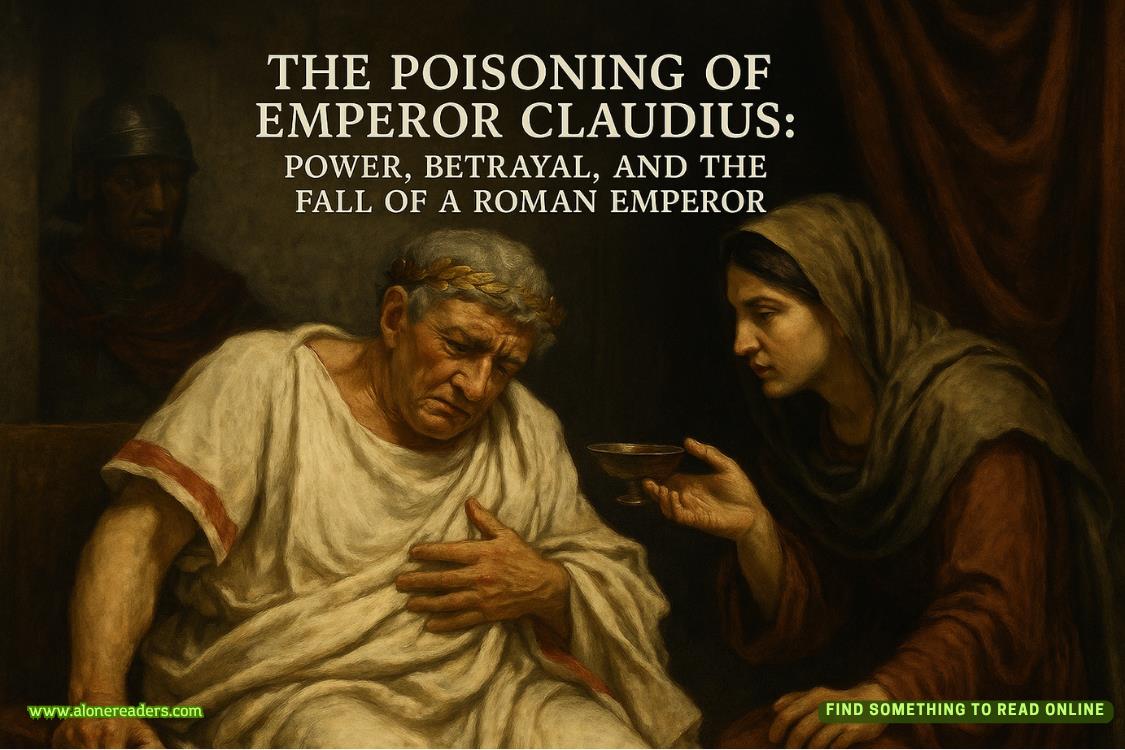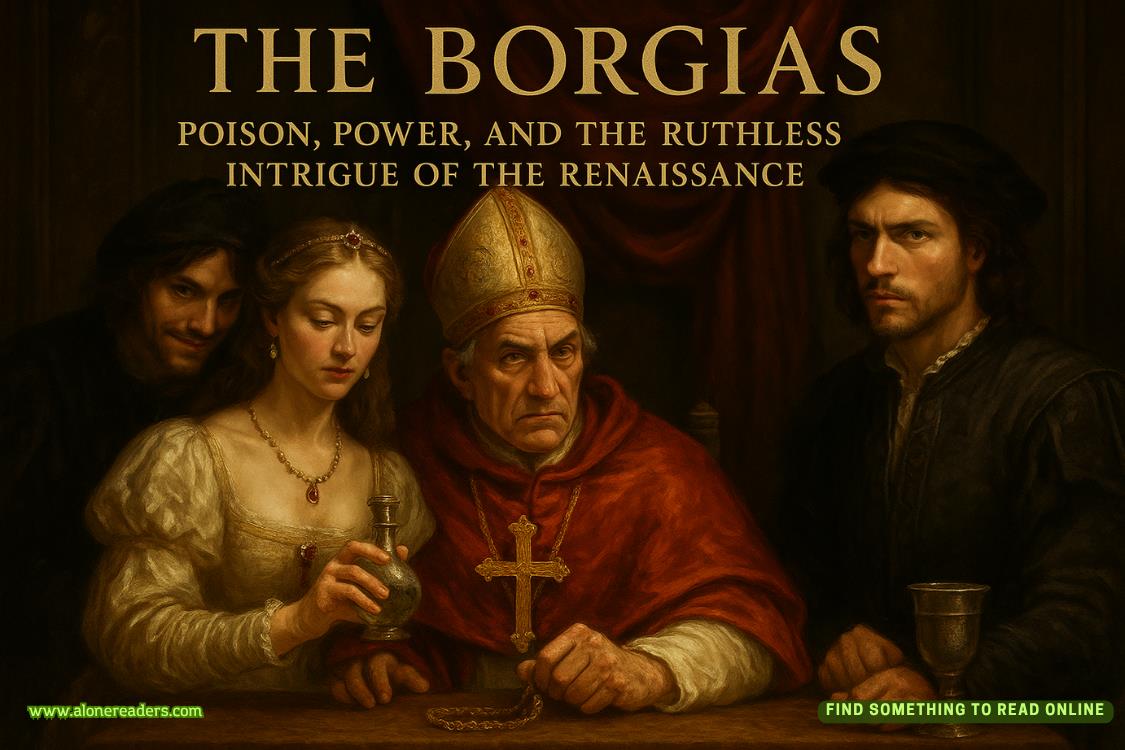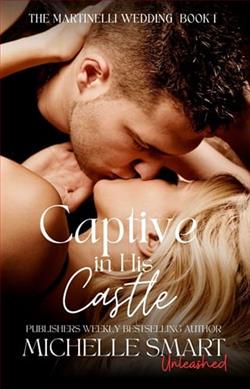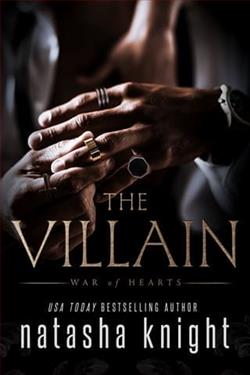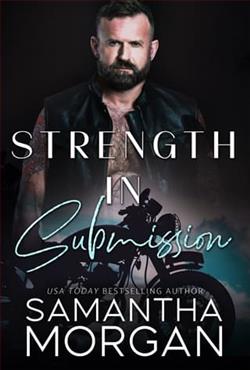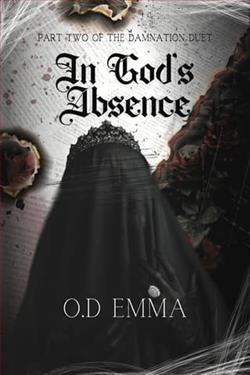Page 84 of Faking It with the Bad Boy
The Providence team had shown up in force, all wearing their "Team Medical History" shirts under their suits. Mike, now team captain down there, had organized what he called "historically accurate cheering sections."
"We've been practicing Victorian sports chants," he informed me proudly. "Very intimidating. Also possibly medically traumatic."
My graduate advisor sat nearby, ready to document what she called "the practical application of historical medical knowledge in modern professional sports." She'd become surprisingly invested in Jack's unique approach to the game.
"His methods are unorthodox," she'd admitted during my last academic review. "But there's something fascinating about how he's integrating historical knowledge into contemporary athletics. Though perhaps with less emphasis on surgical procedures during actual gameplay."
In the medical museum where I now worked part-time, we'd created a special exhibition tracking the evolution of hockey training and treatment methods. Jack's collection of rare medical texts provided the historical foundation, while his practical experience helped connect the past to the present.
"Your fiancé explained nineteenth-century rehabilitation techniques to our entire medical staff," one of the Bruins' doctors had told me, clearly impressed. "Made some interesting connections to modern recovery protocols. Though maybe don't let him demonstrate historical treatment methods on actual players."
The NHL had taken some adjustments. Jack's unique blend of hockey skills and medical history enthusiasm initially confused his teammates. Still, they'd quickly come to appreciatehaving someone who understood both athletic training and its historical context.
"He's teaching us about proper injury prevention through historical examples," his linemate explained to reporters. "Though some of us could do with fewer detailed descriptions of Victorian surgical practices during pregame warm-ups."
The game itself was everything we'd hoped. Jack played with the same passion he brought to preserving rare books, scoring his first NHL goal while possibly traumatizing Montreal's defense with historically accurate medical terminology.
"Did he just shout something about nineteenth-century bone-setting techniques during that breakaway?" a confused commentator asked.
"Traditional intimidation strategy," his partner replied, apparently unfazed. "Very effective in college. Though possibly violating several medical ethics guidelines."
After the game (a 4-2 Bruins win, with Jack earning first-star honors), we found ourselves back in the Garden's medical room. Jack was excitedly explaining to the team doctor how Victorian physicians had approached athletic recovery while I pretended not to notice him violating several preservation protocols with the antique medical text he'd somehow smuggled into the locker room.
"You're not supposed to handle rare books right after NHL games," I pointed out, watching him demonstrate proper Victorian rehabilitation methods to fascinated teammates.
"Professional research," he defended, carefully turning pages with hands still warm from scoring goals. "The medical staff is very interested in historical treatment techniques."
"The medical staff is worried you're going to reenact nineteenth-century surgery in the locker room."
"That was one time in Providence-"
"Three times. I have documentation."
His smile was bright enough to power the Garden's preservation-appropriate lighting system. "You color-coded my hockey infractions?"
"Someone has to maintain proper records."
"Speaking of records," Jack said later, after post-game interviews and medical staff discussions about the merits of historical training methods, "I have something to show you."
We ended up in his new apartment overlooking the Charles River, where he'd somehow managed to combine professional athlete aesthetics with museum-quality preservation standards. His growing collection of medical texts shared space with hockey gear, each rare book carefully stored in climate-controlled cases.
"The team actually helped design this," he explained, showing me his latest preservation system. "Their equipment staff is surprisingly knowledgeable about proper storage techniques. Plus, the medical team keeps borrowing my historical references."
"Is this why the rookie trainers are quoting Victorian surgery manuals?"
"They find it professionally relevant." He grinned. "Also terrifying to opposing teams."
His first NHL game puck sat in a display case that surely met archival standards alongside the dental tool I'd first assaulted him with. He'd had both professionally mounted, complete with preservation-appropriate lighting and humidity controls.
"Our own little museum to show our future children," he said softly, watching me examine his careful organization. "Though maybe with less improper behavior in the rare books section."
"That was one time."
Wait! Did he say children?
"I have documented evidence of at least seven incidents-"
"You're keeping records of improper preservation protocols?"
